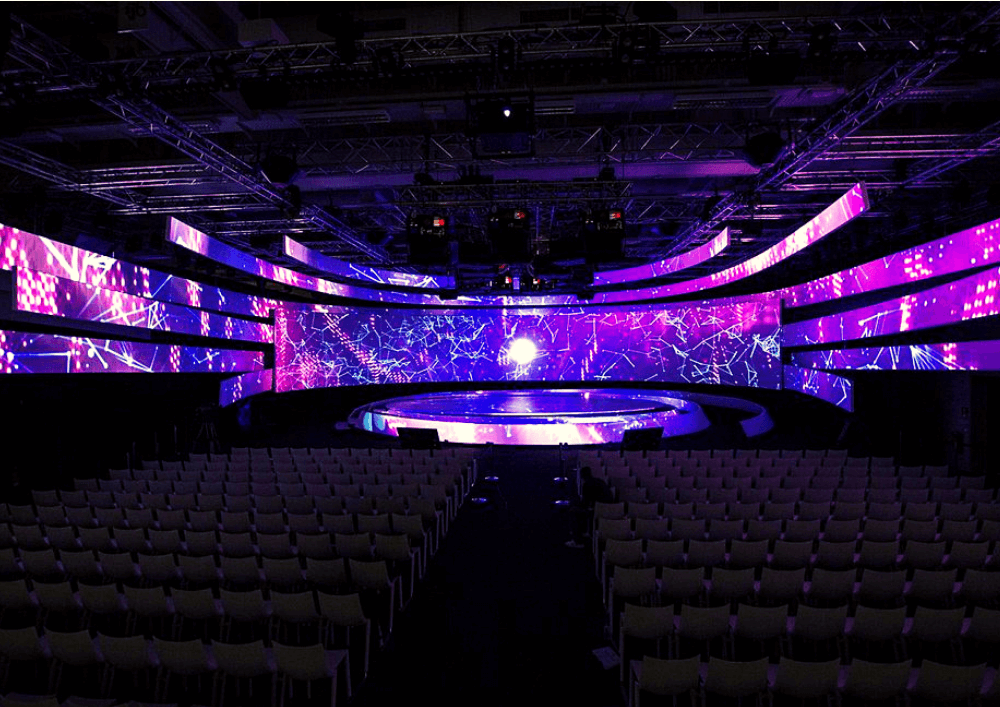Demystifying LED Panel Panel Brightness Metrics aiming at Ideal Screen Performance
Demystifying LED Panel Panel Brightness Metrics aiming at Ideal Screen Performance
Blog Article
Light Emitting Diode wall panels are increasingly popular in different environments, from homes to businesses as well as public spaces. Such screens tend to be recognized due to their vivid as well as dynamic displays, which make them ideal for communicating data, advertisements, as well as engagement. Nevertheless, comprehending brightness brightness measurements for LED wall panels is essential to ensuring optimal display performance. Brightness is measured in units known as candelas, which indicate how much light is emitted by the panel. The higher the number of candelas, the brighter a visual will be. For, example, a screen boasting one thousand nits is significantly brighter than one featuring five hundred nits, making it better equipped in brightly lit settings.
As you choosing a LED wall panel, it is important to consider which setting where that the screen will be placed. For brightly illumined spaces, like retail environments and open-air locations, higher increased luminosity rate becomes essential for guaranteeing clarity. On the other hand, within darker environments, such as theaters or conference rooms, lower diminished illumination level may suffice. This is because excessive brightness in a dark environment may lead to discomfort for viewers, causing them more difficult for concentrate with a screen. Thus, comprehending the specific requirements of the installation site will aid in selecting the suitable illumination rate to ensure ideal visual experience.
Another important element to take into account the contrast differential proportion in an Light Emitting Diode wall panel. The contrast measurement measures how much disparity exists between the brightest most luminous light versus the darkest black shade that the panel can produce. An greater differential proportion indicates the display can it can present more clarity as well as richness, browse around here thereby improves general image quality. For instance, a panel boasting an differential ratio of 10,000:1 will display images with greater brilliant hues as well as sharper details compared to a featuring a ratio of 1,000:1. Such becomes especially crucial when displaying images and motion graphics which demand greater definition as well as fine details, including slideshows or promotional content.
Additionally, the technology technology behind LED panel screens has a crucial part for the brightness and total efficiency. Various types of Light Emitting Diode methods, including OLED as well as LCD, have distinct traits that affect the way luminosity is experienced. OLED panels often provide better contrast this website as well as darker blacks, which may improve the viewing experience within dim environments. Conversely, traditional LED panels may prove to be better for bright spaces due to their capacity for produce greater amounts in brightness. Understanding such technological differences will help users to deciding on informed choices according to specific specific needs.
Finally, consistent care and adjustment for LED wall screens can help preserve ideal brightness as well as efficacy long-term. Dust and particles can accumulate on the screen, affecting its illumination as well as sharpness in a display. Regular cleaning and expert calibration may guarantee that panel panel operates in top best, offering consistent image clarity. Additionally, certain sophisticated LED panel panels feature built-in built-in options that enable operators to modify brightness settings as well as color adjustments according to individual preferences. By implementing such steps, users will guarantee that LED LED panel panels provide an best visual performance, no matter where setting where which these are used.